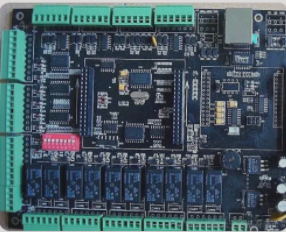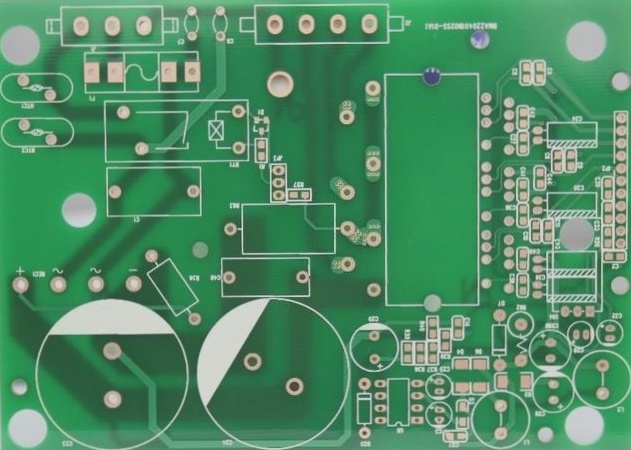Guidelines for PCB Design and Fabrication
- 1. To ensure proper connectivity, add test points if PCB chip components are not connected to plug-in components. Test point diameter should be between 1.0 mm and 1.5 mm for easy online testing.
- 2. PCB pads are essential at positions with holes for electrical connections. Maintain network properties and avoid identical network names for unconnected components.
- 3. For components with dense pin spacing, like ICs, add test pads if pin pads are not connected. Test point diameter should range between 1.2 mm and 1.5 mm.
4. Apply solder mask if the distance between pads is less than 0.4mm to prevent solder bridging.
5. Lead-tin SMT component ends involved in glue dispensing with a recommended width of 0.5mm wire.
6. Remove excess solder in the opposite direction of the flow for hand-soldered components on a single panel.
7. Design PCBs with gold fingers for conductive rubber buttons, specifying gold plating thickness greater than 0.05um to 0.015um.
8. Ensure PCB pad sizes and spacing match SMD component dimensions.
- a. Maintain symmetry between component holes, pads, and leads. Square component leads should have square holes and pads.
- b. Use separate pad holes for adjacent pins of components with different pin pitches.
9. When designing multi-layer boards, consider metal shell components carefully and cover top layer pads beneath these shells.
10. Minimize PCB slotting and cutting openings to preserve board strength.
11. Avoid placing valuable components near corners, edges, or mounting holes to prevent stress-related issues.
12. Position heavier components like transformers near positioning holes to avoid board deformation.
13. Place components emitting electromagnetic energy away from sensitive devices for reliable operation.
14. QFP packaged ICs for wave soldering should be placed at a 45-degree angle with additional solder pads provided.


